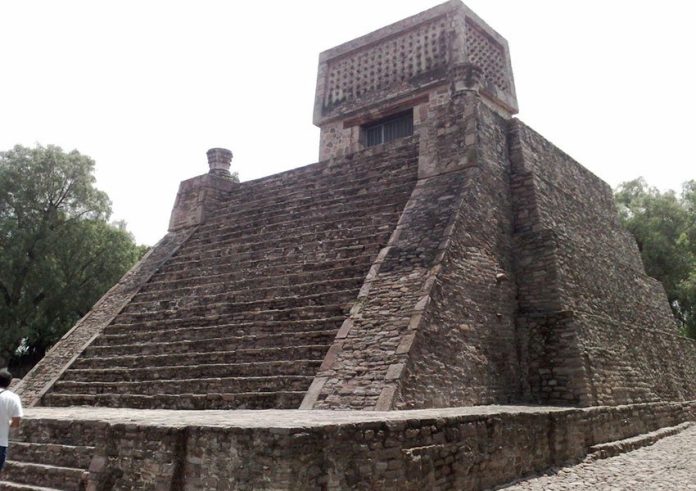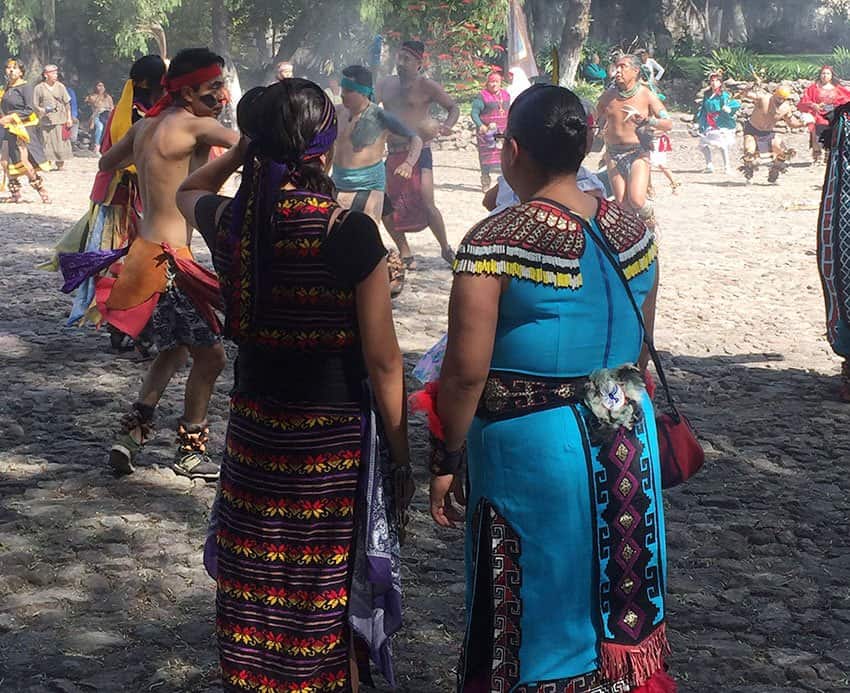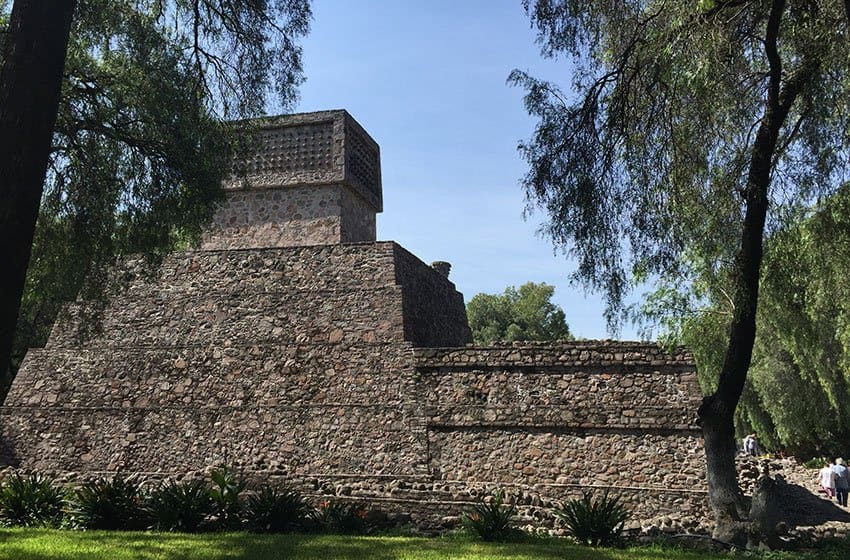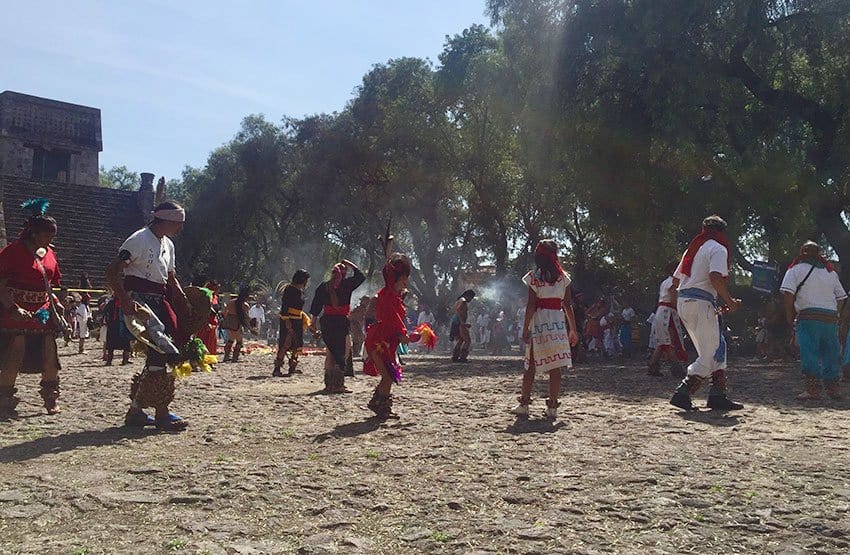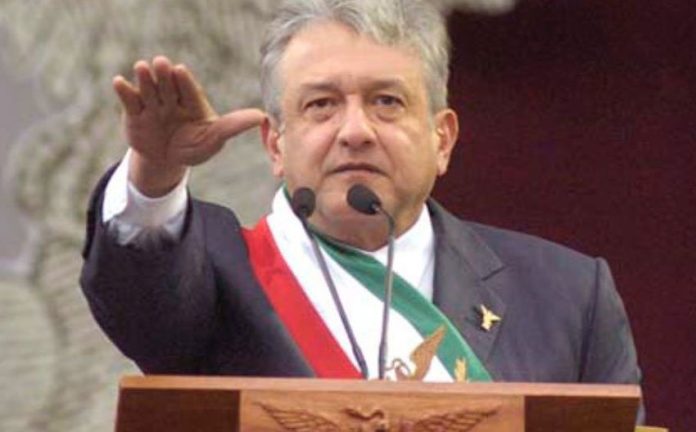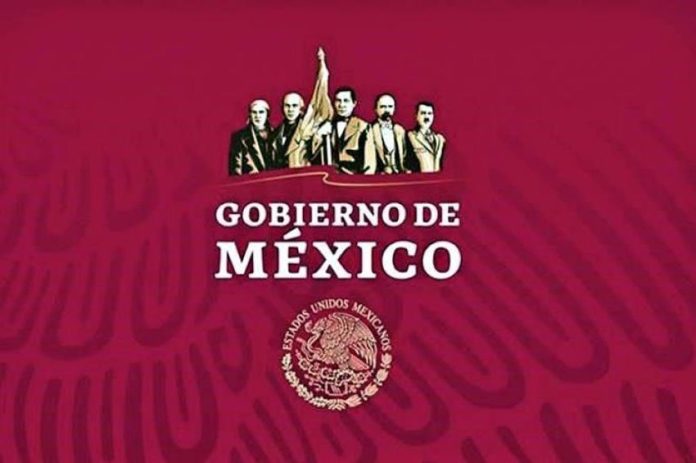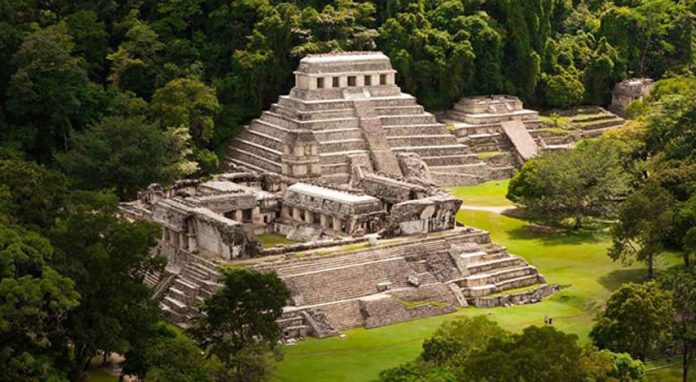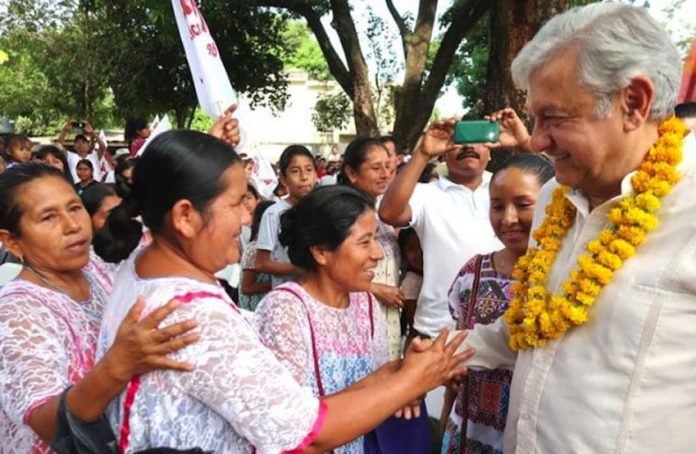Andrés Manuel López Obrador pledged to put an end to corruption and impunity after he was sworn in as president Saturday, paving the way for a “profound and radical transformation” of Mexico.
“. . . By the mandate of the people, today we start Mexico’s fourth political transformation. It may seem pretentious or exaggerated, but today is not just the start of a new government, today a new political regime begins,” the new president told lawmakers and dignitaries gathered at the legislative palace of San Lázaro.
“Starting from now, a peaceful and orderly – but at the same time profound and radical – transformation will take place because the corruption and impunity that impede the rebirth of Mexico will come to an end,” López Obrador said.
Wearing the presidential sash for the first time and with his predecessor Enrique Peña Nieto sitting just meters away, the leftist political veteran launched a scathing attack on the corruption of past governments.
“. . . As we have repeated for many years, nothing has damaged Mexico more than the dishonesty of its leaders and the small minority that has profited from influence peddling. That’s the main cause of social and economic inequality as well as the insecurity and violence we suffer from,” López Obrador said.
He also attacked the neoliberal economic model followed by federal governments during the past 36 years, describing it as “a disaster, a calamity” for the country that has resulted in slow growth, rising economic inequality and the migration of millions of workers to the United States.
“. . . The distinguishing feature of neoliberalism is corruption. It sounds harsh, but in Mexico privatization has been a synonym of corruption,” he continued.
However, López Obrador said that avoiding future corruption rather than prosecuting that which has been committed in the past would be his government’s priority.
“. . . Revenge is not my strong point . . . I believe that in the field of justice, mistakes of the past can be punished but the fundamental thing is to avoid the crimes of the future. Therefore, I propose to the people of Mexico that we mark an end point to this horrible history and start again . . .” he said.
“. . . We have presented a law to make corruption a serious crime, which it wasn’t, even though it seems incredible . . . We’re going to clean corruption out of the government from top to bottom, just like stairs are cleaned,” the new president declared.
“. . . The government will no longer be a committee at the service of a greedy minority. It will represent the rich and the poor, believers and free thinkers, and all Mexican men and women regardless of their ideology, sexual orientation, culture, language, place of origin, educational level or socioeconomic position . . .” López Obrador said.
Mexico’s first leftist president since the transition to full democracy in 2000 took particular aim at the past government’s energy reform, which opened up the sector to foreign investment for the first time in 75 years.
López Obrador called the reform a failure, pointing out that investment in the oil industry and oil production remained much lower than anticipated, forcing Mexico to import fuel which in turn resulted in high prices.
The new government, he pledged, will remedy the situation.
“. . . I make the responsible commitment that soon, very soon, when we finish the refinery that we are going to build . . . and rehabilitate the six [existing] refineries, the price of gasoline and all fuels will go down,” López Obrador said.
The president also pledged that other infrastructure projects his government has committed to, including the Maya Train and development of the Isthmus of Tehuantepec, will generate employment and economic prosperity that will contribute to making migration “optional, not mandatory.”
The Santa Lucía Air Force Base will be operating as Mexico City’s new airport in three years and a northern border free zone will take effect from January 1, López Obrador said.
The education reform will be cancelled and students, the elderly, the disabled, earthquake victims, farmers, fishermen and artisans will all be financially supported by the new government, he added.
The new president also used his lengthy address to seek to calm markets and investors.
The decision to cancel construction of the partially-built new Mexico City airport and legislative proposals on banking and mining from lawmakers belonging to López Obrador’s Morena party generated concern and had an impact on the stock market and the value of the peso even before the new president took office.
“. . . Let it be heard clearly and wide and far, we’re not going to put the country into debt . . . I promise, and I am a man of my word, that the investments of national and foreign shareholders are safe . . . I also reiterate that the autonomy of the Bank of México will be respected,” López Obrador said.
He also reaffirmed that the salaries and benefits of high-ranking government officials will be significantly reduced, adding that his own wage would be 60% less than that earned by Peña Nieto.
After thanking the various heads of state in attendance, López Obrador recounted that during his journey to the Congress – in his Volkswagen Jetta – that a young man on a bicycle told him through an open window that he doesn’t have the right to fail the people of Mexico.
“That is the commitment I have with the people: I have no right to fail,” he said.
“. . . There are three things that we need to confront the crisis in Mexico and two of them are guaranteed in advance . . . a hardworking people and sufficient natural resources. Soon, very soon, we will have the third, a good government and on that commitment, I give my honor and my word,” López Obrador declared.
“I will govern with complete devotion to the public cause . . . I will work 16 hours a day in order to leave, in six years, the work of transformation in a very advanced state.”
Mexico News Daily

